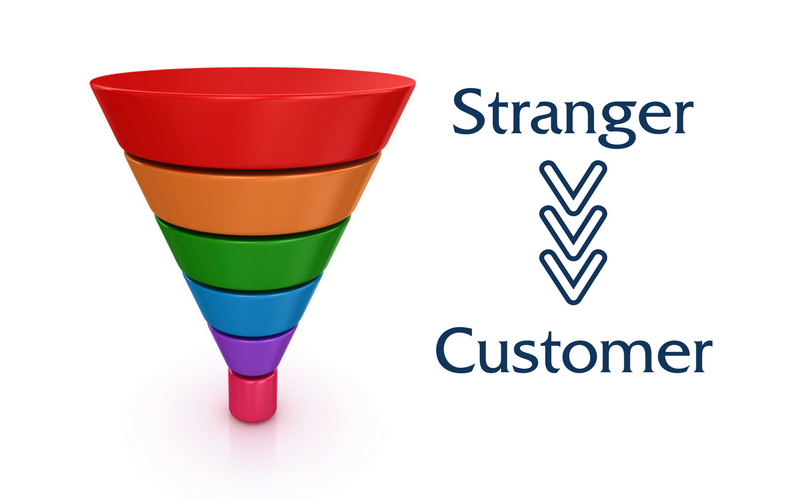Need a step-by-step guide to creating a successful digital marketing plan? Here we cover all the digital channels and tactics you need to consider for your business.
The right digital marketing plan should not only help you to identify the right digital channels and tactics for your business but how you can implement them and get them to work in alignment to set up a really effective digital marketing system in your business.
Ideally, what you want is a clear path and some clarity about what you should be doing today, tomorrow and everyday.
Structure of your digital marketing plan
Step 1: The Foundations
Setting the right foundations in the early stages will give your marketing efforts the best chance of success. These include:
- Your Audience - Who are you selling to? Who is most likely to buy your products or services as not everyone will?
- Your Message - Once you know who your ideal audience is, you can dive deep and understand their pains and frustrations, goals and desires. When you do, your messaging should speak directly to these people and resonate only with them.
- Your Offer - is what you are offering online something that is actually wanted by your ideal audience? Don't spend money on advertising until you know it is.
Unfortunately, a lot of people run expensive campaigns and set up complicated sales funnels only for them to fail because the offer wasn't right or the targeting was off.
Step 2: Set Your Digital marketing Goals
Once you know who your are selling to, feel good about your messaging and confident that there is a want for your offer, establish your goals to have a clear idea of the actions you need to take. Keep these goals SMART (specific, measurable, attainable, relevant and timely).
Example: " I want to attract 500 leads every month within the next four months. I will do X, Y and Z to achieve this."
Step 3: Your Overall Marketing Strategy
You have defined your objectives so how are you going to achieve them?
You need to understand your Customer Value Journey. Every prospect must go through a journey to become a new customer. The key to marketing is to move prospects seamlessly through each phase of the customer value journey.
Mapping out your Customer Journey will give you the insight you need to transform prospects into leads and customers. From how you will first make them aware of your business, to engaging prospects, encouraging them to subscribe and convincing them to purchase from you, this will help you to identify the right digital channels and tactics to use at each stage.
What is unique about your products or services? Once you are clear about the value you bring, set about delivering it at every stage of the Customer Journey.
Then, go ahead and set up campaigns to move people intentionally from one stage to the other.
Step 4: Digital Strategies & Tactics
Now onto the channels and tactics to move prospects seamlessly from Awareness to Conversion.
- Content - this is the #1 tactic for moving people through your journey or funnel and for driving sales. It's simply about determining the user intent and delivering the right content at the right part of the Customer Journey. When creating your Content Strategy, it's important to consider the three main stages of the Customer Journey ( i.e. Awareness, Engagement and Conversion) and the types of content you should be delivering at each stage (e.g. blog posts and social media posts to generate awareness, lead magnets, checklists and guides to engage prospects and free trials, demos and case studies to get people to convert).

- Paid Advertising - now its time to get some eyes on your content. Paid ads can deliver highly targeted, quality leads. Ideally you want to create campaigns that align with the temperature and interests of your target audience. From your foundations research, you should be able to create ads that speak directly to your target audience.
- Social Media is terrific for generating awareness for your business. You now know where your audience is hanging out online so make sure to post valuable content on these platforms. When creating your Social Media Strategy, factor in Social Listening to keep up-to-date with what is popular and trending, and to manage your online reputation. Also, Social Networking for building good working relationships and joint ventures.
- Search Marketing or SEO is about getting your website to rank better and to appear right when the user is searching online. Bear in mind that this is a long term and ongoing strategy, and it can take several months before you start to see results.
- Finally Email - excellent for moving people along the Customer Journey, or your funnel. People rarely buy on a first visit to your website and fall away from your funnel. They have shown an interest in your content or business so don't miss the opportunity to re-engage them. Email is perfect for re-engaging people, as are re-targeting ads. You can also segment and automate your emails to send highly targeted and relevant emails.
Step 5: Monitoring & Analytics
Monitoring Analytics is crucial for successfully optimising digital marketing performance and spending. Analytics is a powerful tool for helping you to identify what's working, what isn't and what to do next.
Use it to answer the following questions:
- What type of content your audience likes to consume.
- Which are your best converting pages on your website.
- What type of customers are not converting.
Take your time with each of the above steps when creating your digital marketing plan and before you know it, you will have a strong marketing machine set up and implemented in your business.
If you would like help and would like me to show you step-by-step how to implement any of this, contact me or schedule a free 30 mins Strategy Consultation.